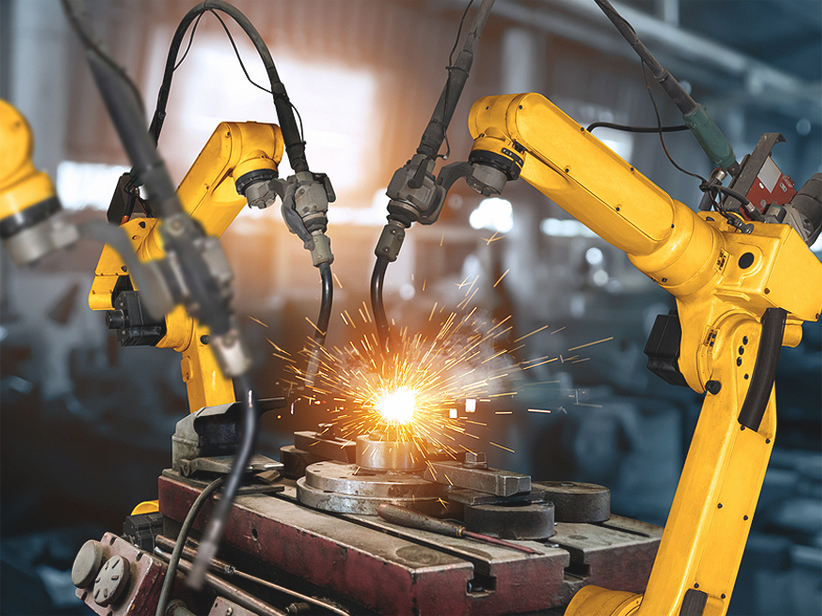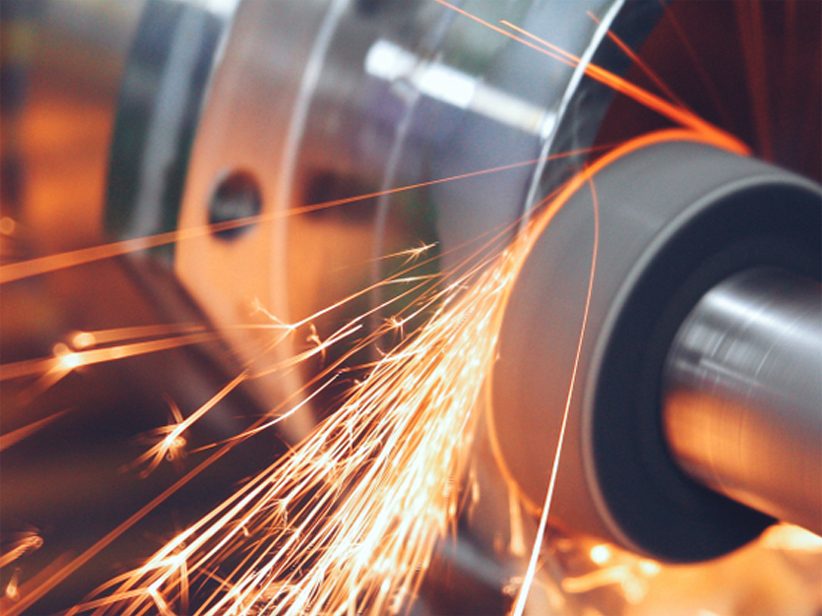ALL YOU NEED TO KNOW ABOUT WELDING STAINLESS STEEL
Since the year 1913, when Harry Brearley introduced stainless steel (SS) to the metal industry, metallurgists from around the world have experimented with unique combinations of SS alloys to evolve the SS grades to be the most sturdy, malleable, and corrosion-resistant metals as they are today. Due to its extreme temperature tolerance and bacteria-proof nature, it has become the most preferred metal with diverse applications in food, pharmaceutical, logistics, and several other industries.
However, the SS alloys designed with complex chemical and physical properties can pose quite a challenge in their weldability. Which is why special techniques and procedures are followed while welding SS products. As it’s relatively more expensive than other metals, any mistake in SS joints can cause significant financial losses.
Nonetheless, it remains to be one of the most cost-effective and durable metals for several industrial applications. Here, we’ll discuss everything essential for you to know about welding stainless steel and preventing your business from incurring such losses.
There are five types of SS in general that are classified based on their microstructure, chemical composition, heat treatment, and forming process. Of which, the types of SS alloys commonly used for welding are:
Identified as the 300 series, Austenitic steel is widely used in typical machining and fabrication applications as this base metal does not require pre-heating.
These base metals are widely used in applications where continual wearing is inevitable. They are more suited for joining wear-resistant materials such as the steel rolls used in continuous casting mills. They typically require a minimum interpass temperature while welding long edges.
Since Ferritic steels have a minimal thickness, they can be welded efficiently in a single pass, making them much cheaper in industrial applications like manufacturing automobile components. The most commonly used grades of Ferritic steel are 409 and 439, which require low heat input.
Welding SS grade metals requires special tools, materials, and attention for optimal results. There are several precautionary measures to be followed before, during, and after the welding process. Some of the basic preparations and precautions include:
Thoroughly cleaning SS base metals eliminates the chance of oxide formation on the metal surface, which can weaken the welded joint. However, it is more important to use tools like hammers and brushes, which are only used on SS and not used on any other metal like carbon steel. As even small traces of carbon particles over SS metals can cause them to rust, if you ever clean a SS metal with a brush which was used to clean carbon steel, it’ll make the SS surface prone to rusting.
After using a brush for cleaning SS metals, wipe the debris with a rag or cloth coated with acetone.
Working on other metals around the welding site of SS metal is also not recommended as the carbon particles suspended in the air can settle on the surface of the SS metal.
Matching the filler material with the base metal is crucial for weld strength and durability. It is common practice to use low-carbon content fillers for SS metals ending with ‘L’ whereas using high-carbon content filler material for SS metals marked with an ‘H.’
Monitoring and maintaining the weld temperature of both welded and base metal is crucial for avoiding performance issues in the final product. There are three modern devices with which you can monitor temperatures while welding:
- Using Temperature-Indicating Sticks for accurately checking moderate temperature work
- Electronic infrared thermometers that can be used to read temperatures from a distance
- Electronic surface temperature probes that have handles and mounts that touch the metal for reading precise temperatures
Gas Tungsten Arc Welding or TIG welding is a widely used method for welding SS products due to its low heat input requirements. It is best suited for thin SS material. It typically uses pure argon gas shielding, but other gases may be added as per the product’s needs. Though productivity may be lower by using this process, it provides the best aesthetic results with higher quality and versatility.
Also known as resistance welding, the equipment used in this method is highly versatile for both small and large scale projects. It uses electric current to heat metal edges and weld them together, making it the most economical welding option. It is best suited for SS metals with lower melting points.
Gas Metal Arc Welding or MIG welding is a semi-automatic process that uses an argon-rich shielding gas and a solid wire electrode for joining SS grades. It uses a pulsed electric current supply, which allows the welders to reach and weld tricky corners and edges in complex SS structures. It is an ideal method for fabricators who don’t have much experience in welding and can only purchase small quantities of wire electrodes.
This method is typically used for welding carbon steel, but can also benefit SS metals that are thick and large. Here, the base metals are almost always placed in a flat position within a SAW in-house system in which an electrode is continually fed over the welded area. The welding region is covered with a neutral or nonalloy flux power that generates a protective gas shield to protect the weld zone.
There is no one sure-shot rule for deciding which SS welding method is best for what industrial application. Every technique offers its own pros and cons, and you have to measure and weigh different factors before choosing an appropriate method. Some of these factors will include:
- Your up-front budget
- Requirements of filler metals
- Expected productivity from the process
- Level of complexity of the equipment
- Welding skill level of your weld operators
Welding stainless steel is still a task that requires you to factor in various industry requirements along with your welding capabilities to finally make decisions about which SS alloy to choose or what type of wire electrode to use
To tackle these complexities, you can seek help from industry experts who are well versed in the knowledge of stainless steel manufacturing in India. Venus Wire is one such highly regarded team of SS experts who can evaluate your necessities and capabilities and guide you in choosing the best-suited welding method for your industry. Also, being the leading welding wire manufacturer in India, our team can provide you with top-of-the-line welding wires and rods for any specified welding methodologies. Visit the Venus Wire website to learn more about our welding products and reach out to our industry experts today!
Also Read: 3 Essential Types Of Welding Wires Every Fabricator Must Know About







